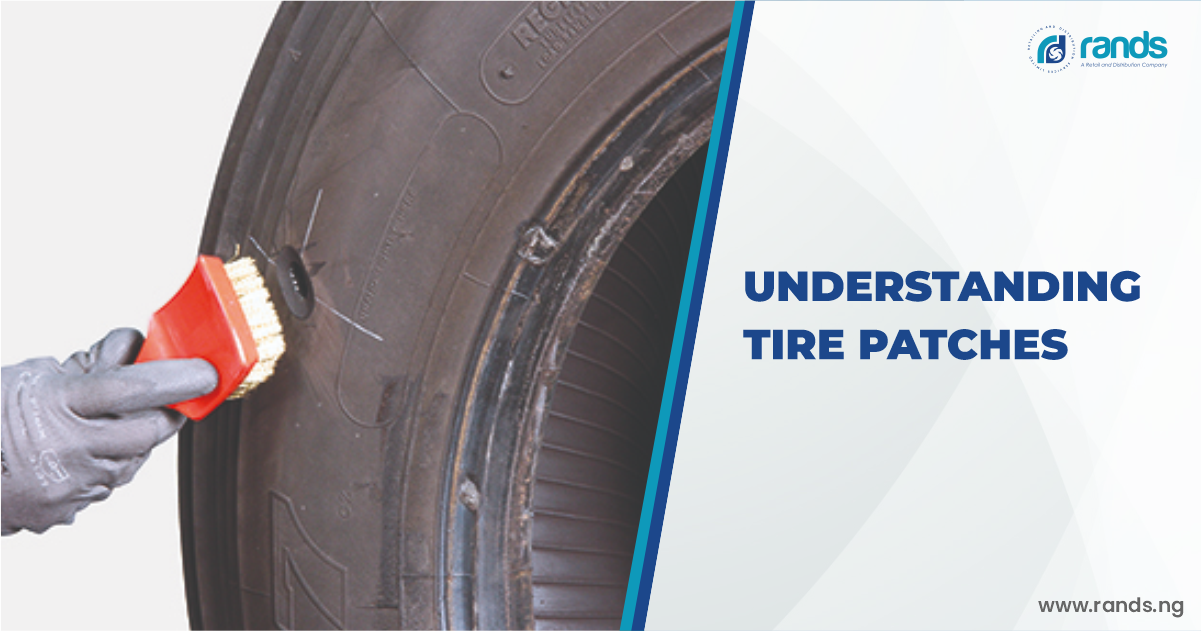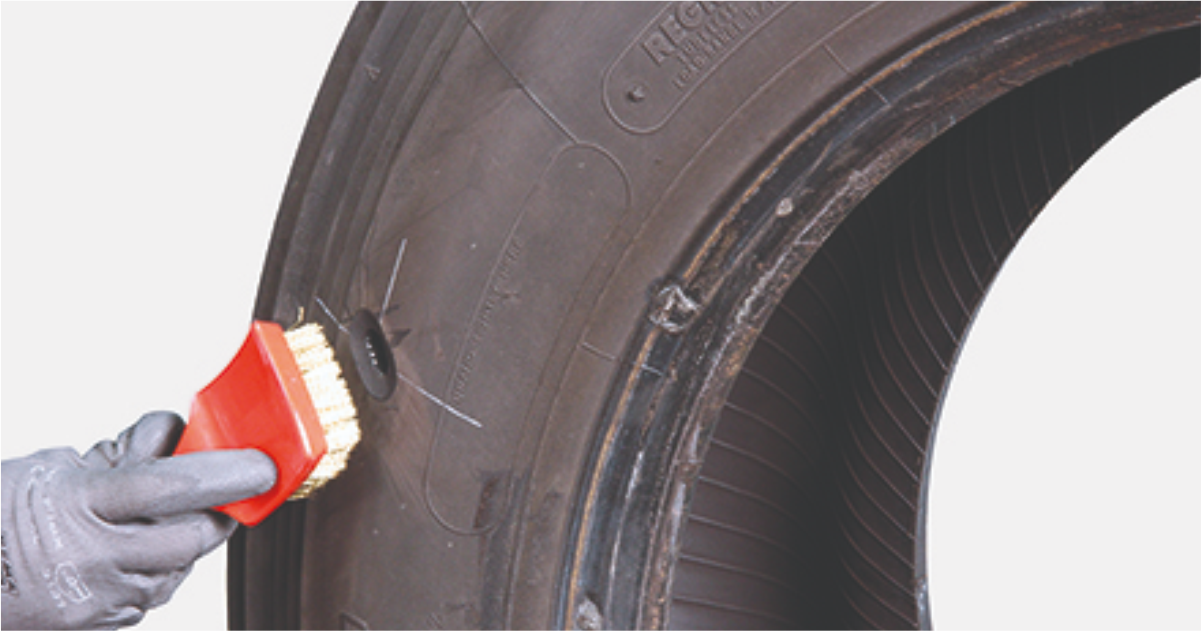
Tires are a crucial component of any vehicle, providing the necessary traction and stability for safe driving.
However, no matter how well you maintain your tires, there’s always a chance of encountering a puncture or damage that can lead to a flat tire. That’s where tire patches come to the rescue.
What Are Tire Patches?
Tire patches , also known as tire plugs or tire repair patches, are simple yet effective solutions to fix punctured or damaged tires. They are designed to seal holes or punctures in the tire’s tread area, allowing you to continue driving safely without the need for a costly tire replacement.
How Do Tire Patches Work?
Tire patches work by creating an airtight seal over the damage area of the tire. Here is a step guide on how they work:
- Identify the Damage: the first step in using a tire patch is to locate the puncture or damage on the tire’s surface
- Prepare the Area: once the damage is identified, the area around the punctured is cleaned and arranged. This ensures that the patch adheres properly to the tire.
- Insert the Patch: A tire patch is typically made of a flexible , rubber-like material. The patch should be pushed firmly into the hole, making sure it covers the entire damaged area.
- Seal the Patch: Some patches requires the application of a sealant to ensure a secure bond between the patch and the tire. This step is crucial for maintaining tire integrity.
- Trim Excess Material: After the patch is securely in place, any excess material is trimmed off, leaving a smooth surface.
When Should You Consider Using Tire Patches?
Tire patches are suitable for repairing certain types of tire damage, such as small puctures in the tread area.
Here are some situations when you should consider using tire patches:
- Punctures: If you have a nail, screw, or similar object puncturing your tire’s tread and the damage is not too extensive, a patch can be an effective repair method.
- Minor Cuts: Small cuts or gashes in the tire’s tread can often be repaired with patches.
- Slow Leaks: If you notice your tire losing air slowly and susppect a small leak, a patch can be a cost-effective solution.
- Tread Damage: Patches are primarily designed for repairing damage to the tire’s tread, Where the majority of punctures occur.
When Not to Use Tire Patches;
While tire patches are a valuable tool for certain situations, there are times when they should not be used:
- Sidewall Damage: Patches are not suitable for repairing damage to the tire’s sidewall. Sidewall damage compromises the tire’s structural integrity and should lead to tire replacement.
- Excessive Damage: If the puncture of cut is too large or has caused significant damage to the tire’s internal structure, it’s safer to replace the tire.
In conclusion, Tire patches can be a lifesaver when you find yourself with a punctured tire. They offer a quick and cost-effective solution to get you back on the road safely. However, it’s essential to use them correctly and in the right situations.

